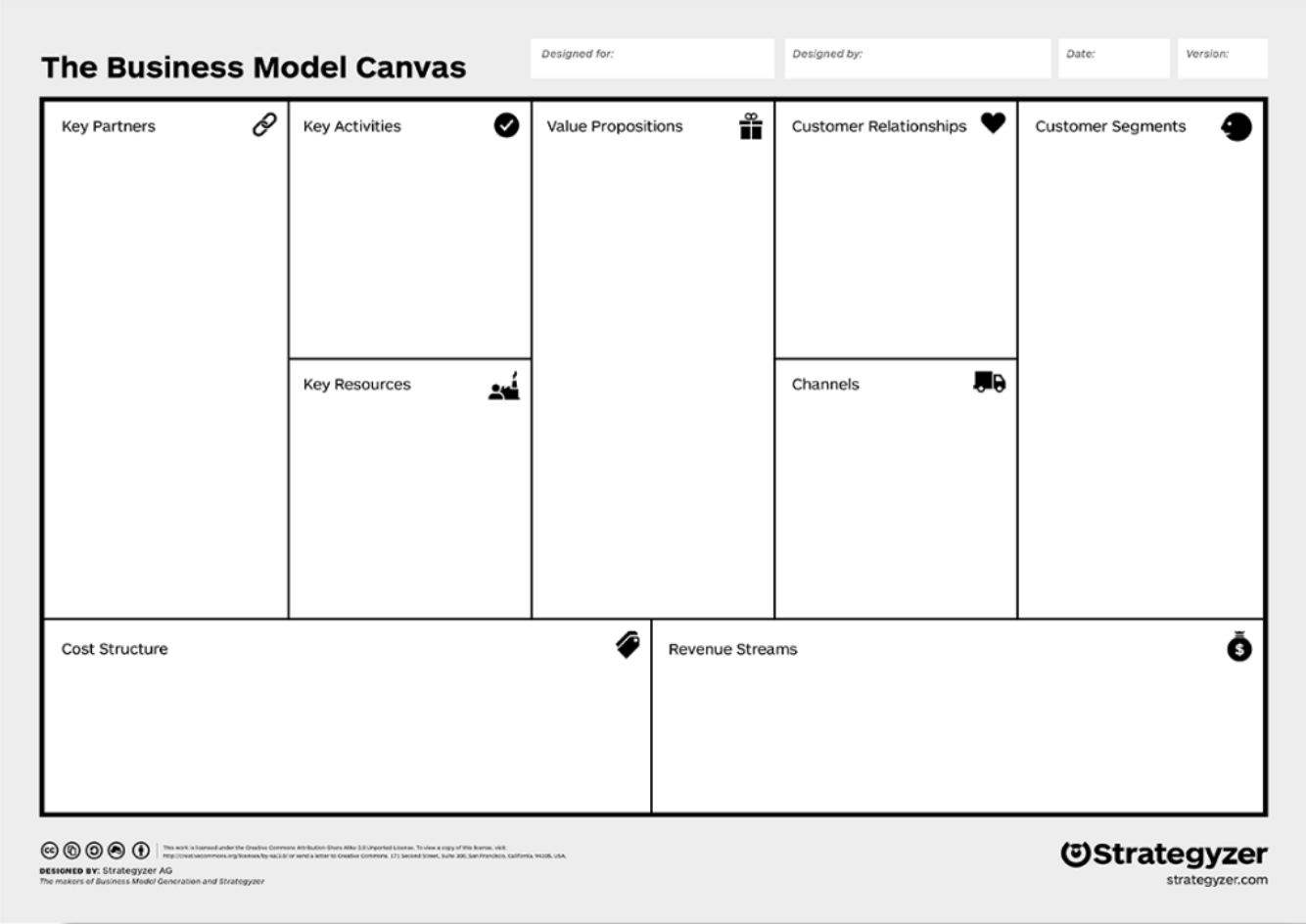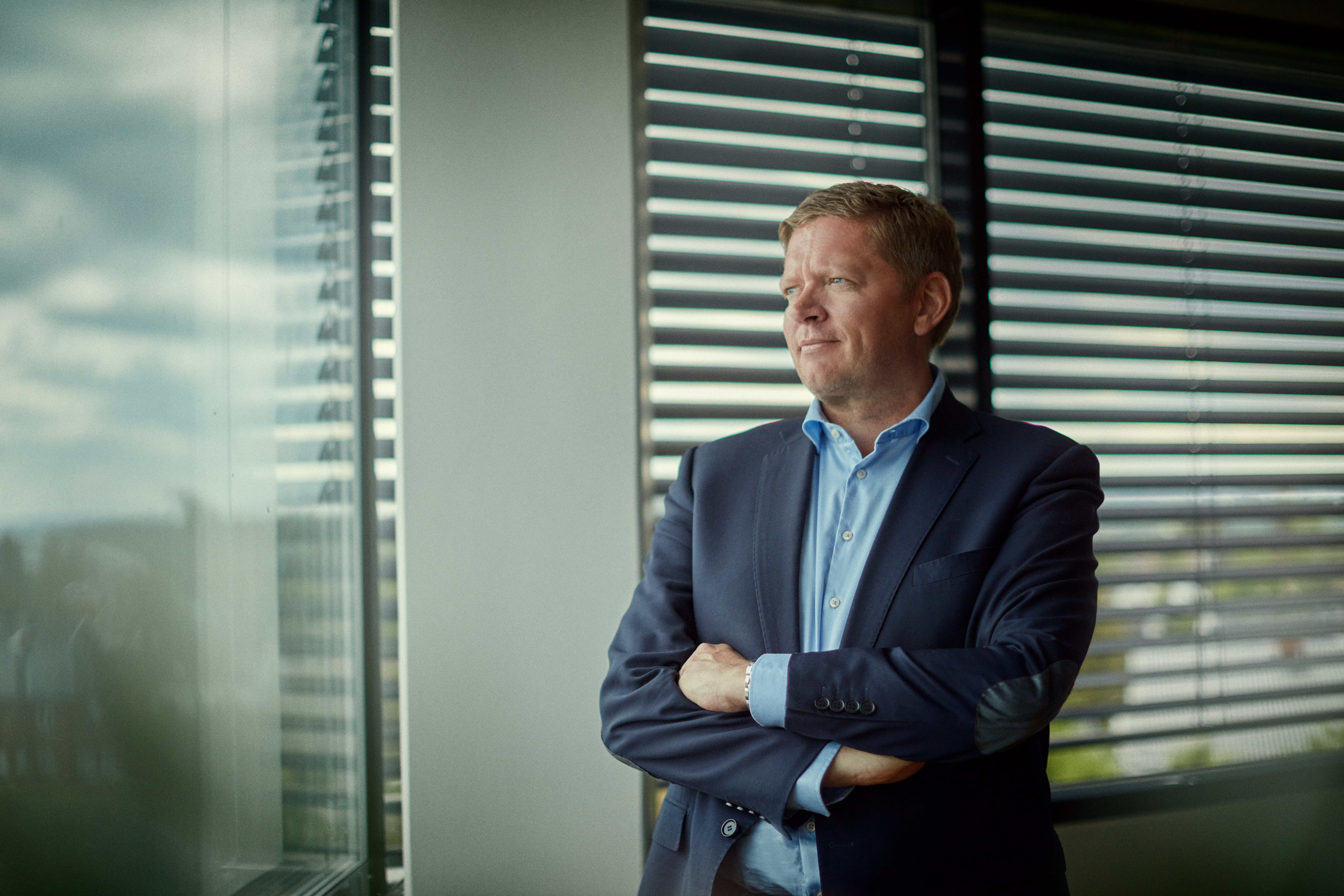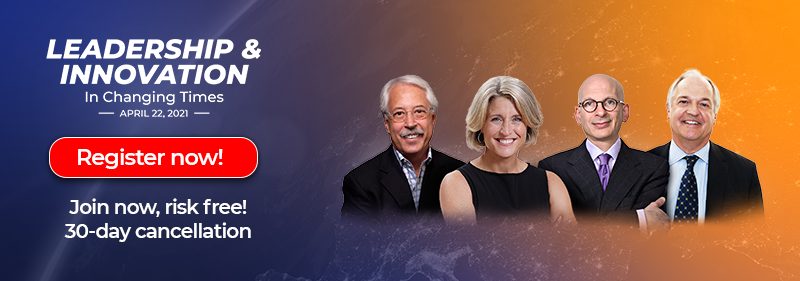Everyone talks about change. ‘Fast’ change, ‘agile’ change, ‘disruptive change’, ‘cross-cultural’ change. And even though there exist hundreds of thousands of five-step-guides on how to succeed in fast shifting environments, most organizations are still unable to adapt fast enough.
The problem isn’t a lack of theories, models and good advice from highly qualified people. Neither is the problem that leaders aren’t fit to make good and fast decisions. The true problem is a decision has no effect unless you are able to anchor effectively every new change in every part of your organization.
Traditional organizations separate strategy and execution. Agile, responsive organizations remove this distinction and create an ongoing dynamic loop by making appropriate changes to their ways of working and communicating.
“If the rate of change inside our business is slower than the rate of change in the environment, we are in trouble” (Morgan, 2018). We make new strategies more often than ever before, but how beneficial are fast decisions if implementation takes a year or two? As time passes by, your decisions get outdated even before they are implemented.
A study of 340 companies worldwide from 2009 (IIR Holdings), showed that although almost 90 percent of CEOs agreed that speed of strategy execution was critical to their success, 58 percent of them rated their speed of strategy execution as relatively slow. That is exactly why we back in 2014 decided to build a company meant to solve this problem. During the past few years, we have been working with hundreds of management teams trying to crack the code. We are still exploring the issue and we are sorry to announce that we cannot give you another ten bullet points with advice on how to make fast and effective changes. There is no one size fits all. However, what we can give you are some guidelines.

The dynamics of your business model
We will start off by mentioning Alexander Osterwalder's Business Model Canvas. By now the model has become quite popular, and hopefully you are already familiar with it – you might even categorize it as a cliché, and we wouldn’t disagree. Every strategist has been referring to the business model canvas during the past few years. There is a reason why this model of Osterwalder has become so popular. It is genius. But the model has no value unless you understand how to fill the model with the good stuff. The Business Model Canvas is built to enable organizations to work with strategy in a more simple and dynamic way. Unfortunately, many organizations fail to do so. Most leaders work with the model in the somehow same, static way that strategy has been subject to for a very long time.
A dynamic business model is a business model in constant change. A business model in constant change is filled with content that enables your people to identify, embrace and adapt to changes more easily. The ‘good stuff’ that we are referring to, that helps you utilize the full potential of the business model, are the resources you build, the activities you perform, and the partnerships that you make, which enables your people to adapt to the changes you face and the decisions that you make correspondingly. Yes, we are talking about the left side of the business model canvas. The backbone of your organization that enables you to present great value to your customers, day in and day out.
 Illustration of Business Model Canvas from Strategyzer. The right side of the model consists of customer-oriented activities that create your revenue streams. The left side of the model consists of factors that enables the organization to deliver on the customer-side of your model.
Illustration of Business Model Canvas from Strategyzer. The right side of the model consists of customer-oriented activities that create your revenue streams. The left side of the model consists of factors that enables the organization to deliver on the customer-side of your model.
“Behavior” takes you from decision to implementation
The left side of your business model consists of your organization’s resources, activities and partnerships. This is where the magic happens. In order to make an adaptable organization, you must make sure that your business model is built upon some key activities that make adoption to change a part of your people’s everyday work. For example, consider a situation where a firm wants to increase sales to existing customers by increasing customer satisfaction. To get there the management team agrees that every department of the organization must gain better understanding of customer needs. Even the people working at the production site should have a good understanding of customer needs. The problem is - their people are already having their hands filled up with normal activities – there is no time for this.
When it really matters, it is your people that matter. If you want fast and effective change, you must develop behavior that advances your strategy. How? By making training and feedback part of the key activities in the business model of your company. Through training and feedback, you give your leaders and employees the confidence, mindset, and ability to exhibit the behavior that is necessary for your organization to reach its goals. As these activities become a part of your people’s everyday work, you will successively develop human resources (Key resources in your business model) that make your organization superior to your competitors.
From our experience, when organizations work to improve the right side of their business model (for example by gaining customer insight, improve segmentation and developing new value propositions) they gain substantially higher effect of their initiatives if they also focus on building a stronger left side of their business model by training their people to fully embrace the model’s right side.

Tailored training based on great ways of communicating and collaborating
Drawing on research, we built a technology, or a method, conceptualized as PEOPLE LAB when we started the company back in 2014. Initially PEOPLE LAB was a training facility, inspired by the world of sports, built on scientific principles on how to make effective changes in people’s behavior and performance. Since then, as we have had thousands of people and teams in PEOPLE LAB, we have come to learn that organizations need more than a training facility to handle shifting environments.
They need an implementation facility. Effective implementation requires efficient communication. To ensure that communication is two-way rather than just cascading down from the top, great organizations hold regular forums in which agile teams play back their understanding of what their objectives are and how they plan to achieve them. That is one of the reasons why we recently developed a new generation of people lab – an arena where people not only can communicate in person, but also train to communicate and collaborate, across various physical locations. The effect is faster implementation and stronger organizational ability to adapt to rapid changes.
Whether you use People Lab, VR-tools, gamification tools or something totally different doesn’t really matter. You must choose the tools and methods that fit your organization. More important is your ability to create a business model that benefits from continuous feedback, training and two-way communication. That is how you connect your people to the future.
Join Gary Hamel, Lisa Bodel, Seth Godin and Paul Polman, April 22 at our Online Bootcamp; Leadership & Innovation in Changing Times!

